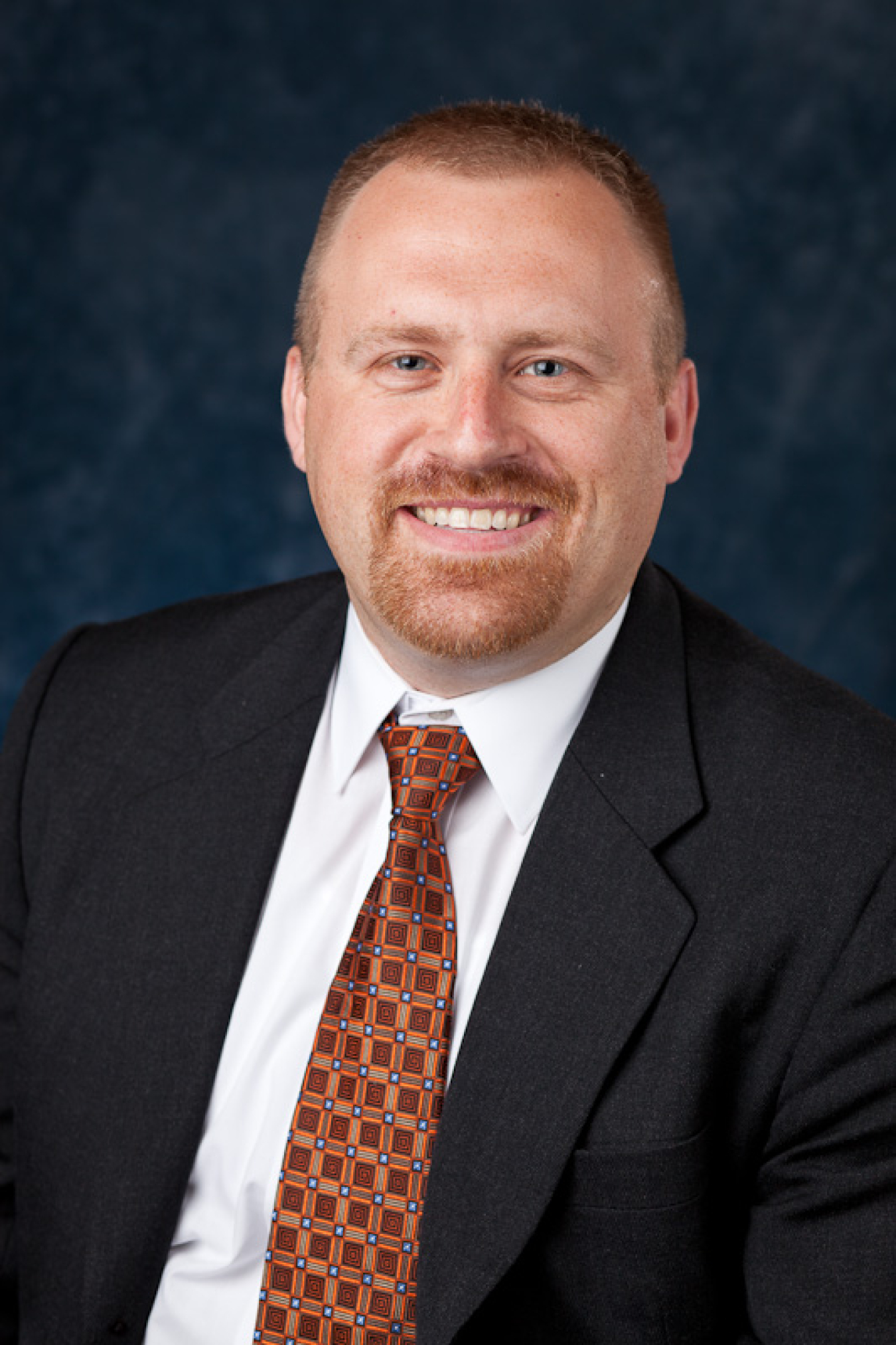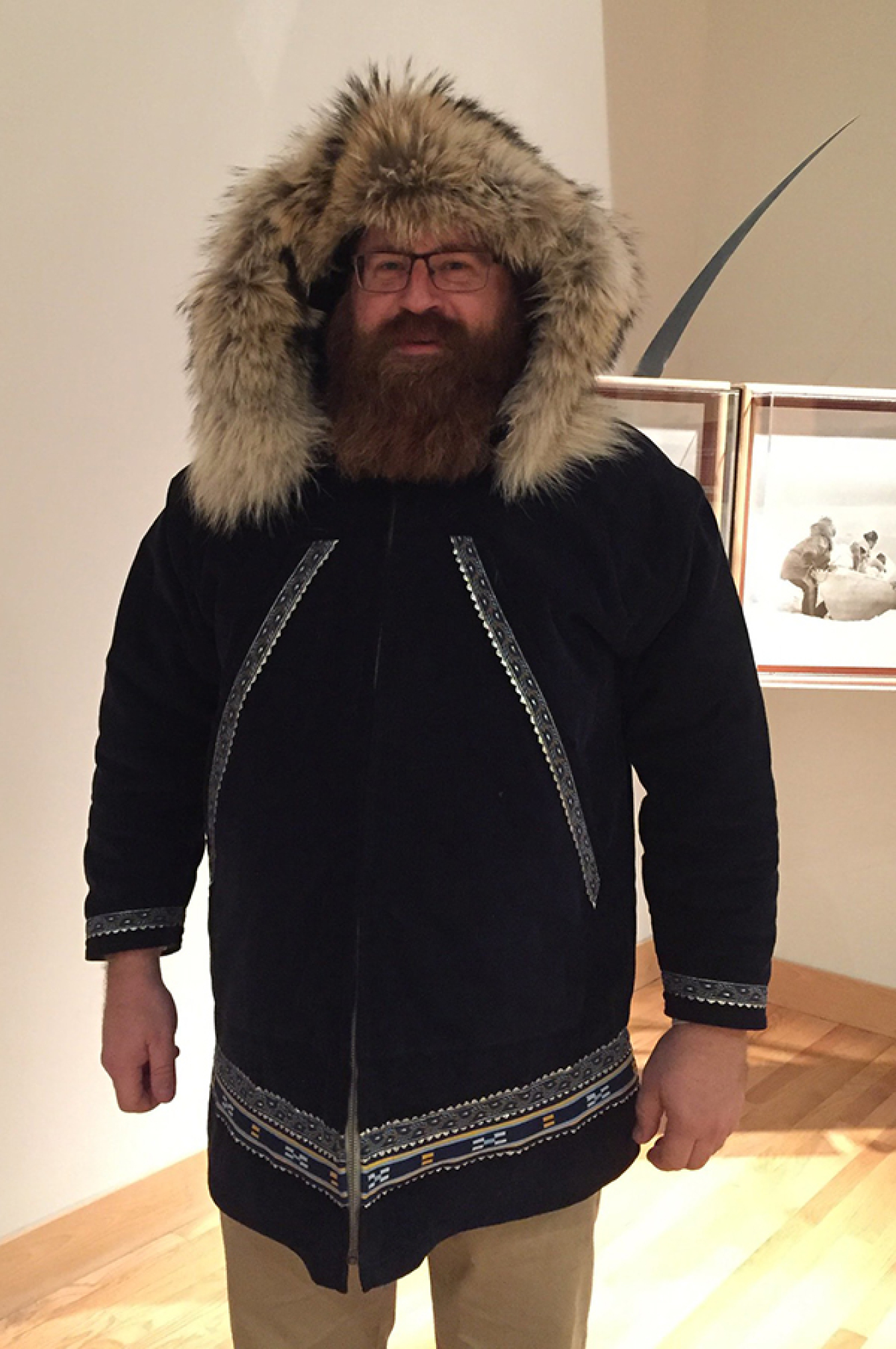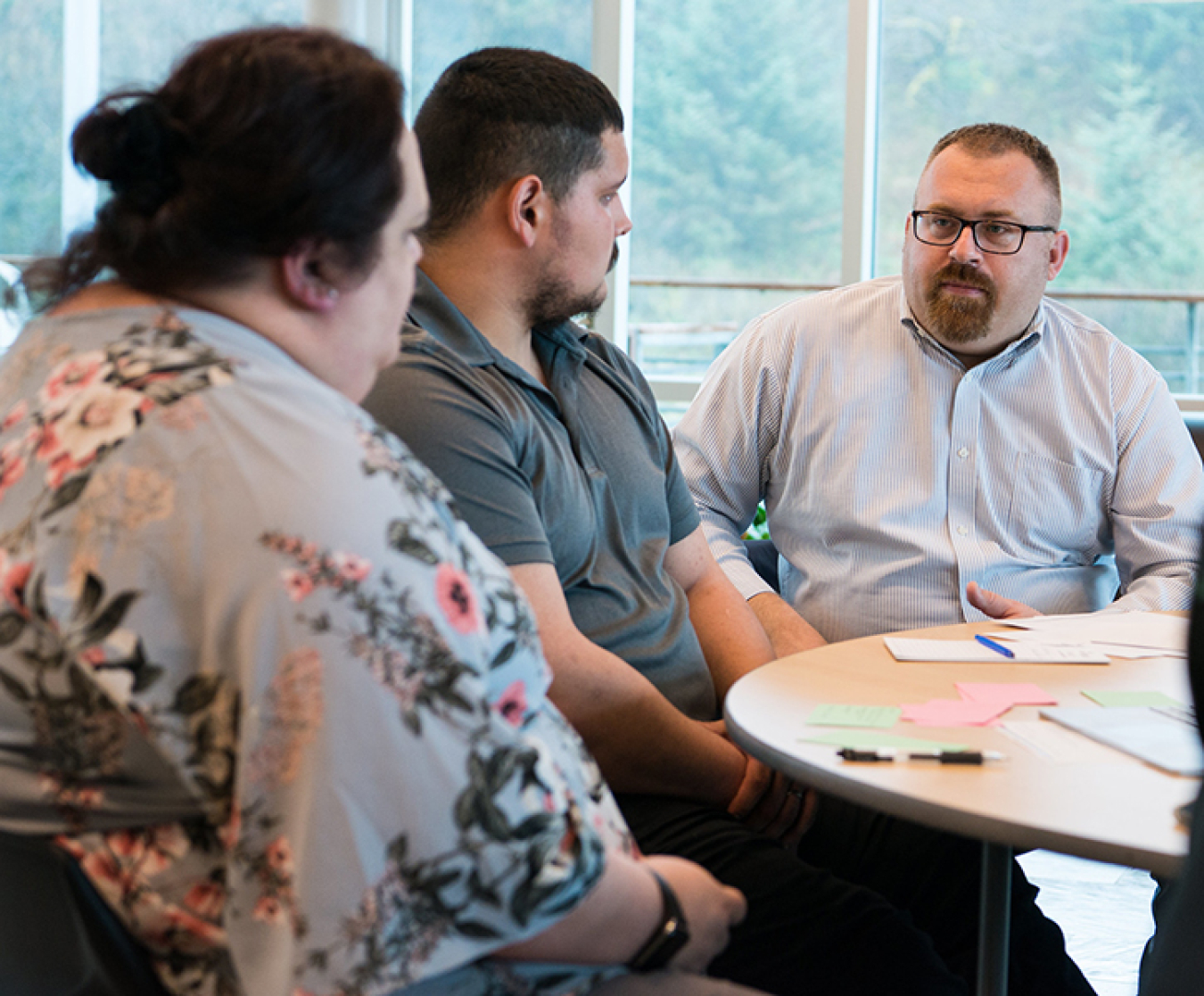Alaska Program Manager sees growth in tribal energy capacity as key to impact.
Office of Indian Energy Policy and Programs
July 17, 2020Alaska Program Manager Sees Growth in Tribal Energy Capacity As Key to Impact
The team of federal employees supporting the U.S. Department of Energy (DOE) Office of Indian Energy Policy and Programs is small but mighty. In this “Meet Our Team” blog post series, we introduce key staff dedicated to the Office and its mission to support tribes in pursuing their energy visions.

Givey Kochanowski is the Alaska Program Manager for the U.S. Department of Energy (DOE) Office of Indian Energy. Stationed in Anchorage, Alaska, he is responsible for the support and delivery of DOE technical assistance, capacity building, energy education, and outreach to all Alaska Native entities. He is also a champion for tribal needs through the various organizational boards on which he serves.
Read on to learn more about Givey and what motivates his impactful work in the Office of Indian Energy.
What do you do in your role for the Office of Indian Energy?
I'm the Alaska program manager for the Department of Energy Office of Indian Energy.
My days vary greatly; I'm kind of a jack of all trades. I've done the research agenda for Alaska, technical assistance, education, capacity building, and outreach. And, I've done grant management for the intertribal capacity-building grants across the country.
What do you find most inspiring or motivating about your work for the Office of Indian Energy?

I’ve found the most inspiring thing is when I can do work that benefits the State of Alaska and my home. I had the opportunity to represent DOE internationally, both in Canada and in Finland for Arctic work, and show how it ties to the tribes and Native corporations of Alaska. I do enjoy being able to see a lot of Alaska through my outreach efforts. I've been to every region in the state on several occasions.
What do you see as the great opportunity in tribal energy development today?
I think one of the greatest opportunities is that we operate on a government-to-government basis, and that makes it fair for all sides around the country. It's not a population equation, and it's also not a mandatory function. We operate with self-determination, and tribes come to us.
There are a lot of federal programs that are much more prescriptive, that use "shall" or "you will." I think our biggest opportunity is we get people who want to work with us to come to us.
When we look at the core capacity in tribes to accomplish energy projects, [that] has the biggest potential for impact. It’s ultimately under their leadership, making something happen.
How would you characterize the impact of DOE support on tribal energy development?
Where we have longer programs, like our tribal grants that span multiple years, you can actually see a trend line of impact, and I think that has been very positive.
When we look at the core capacity in tribes to accomplish energy projects, [that] has the biggest potential for impact because it's no longer doing something for a community or for a tribe, but actually with them. It’s ultimately under their leadership, making something happen.

Participants take part in the 2018 Energy Planning & Development Workshop in Kodiak, Alaska. (Photo by Dennis Schroeder/NREL)
How does technical and economic support provided by the Office of Indian Energy impact people’s lives?
I've seen multiple projects that our Office has funded around the country over my years with the Office, and I think that's a tangible measurement of success.
Our capacity program took a few years to mature, but now it's hitting its full stride, and we're seeing the benefits around the country, wherever those programs are in place. We're seeing people expand their ability to apply for our grant funding; we’re also seeing tribes helping tribes through the intertribal and the peer-to-peer network that those intertribal grantees have established.
What communities do you see “leading the way” in tribal energy in Alaska?
We see a lot of that with the NANA region, and they're one of our tribal grantees. They have really gone far in terms of deploying clean energy technologies to offset diesel use in their region, and they're doing quite a bit of innovation today.
The Tanana Chiefs Conference also is very close on their heels in terms of innovation and deployment. They have multiple partnerships with our Office through grants and other programs.
What do you see looking ahead to the future of energy in Indian Country?
I think one of the positive things we're seeing, specifically in this Office, is we're getting continuity. We're starting to build; we're staffing up and filling positions that have been vacant for a long time, which I think is really important for program continuity and direction moving forward.
I think in order to be a reliable partner, a trusted advisor for a genuine partnership with the Native population and the tribes, there needs to be stability and continuity of staff in the Office. And I think with that stability and continuity we're able to put ourselves in a position where we can execute our mission with our statutory customers in a way that makes sense, is efficient, effective, and actually has impact for them on the ground.

